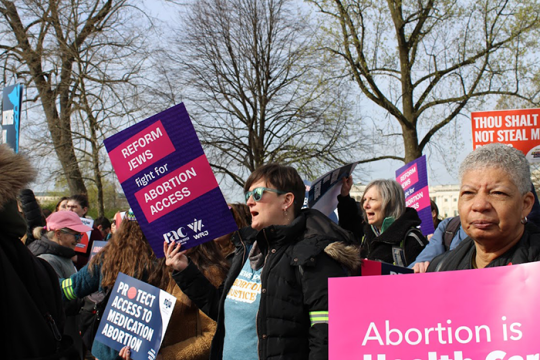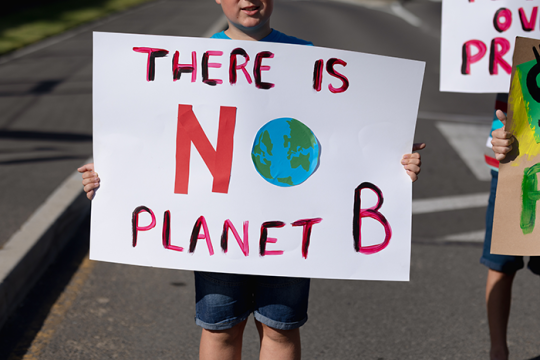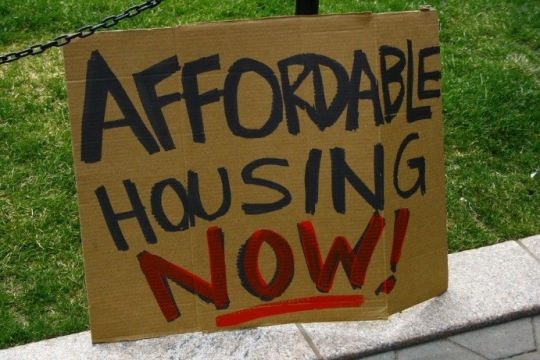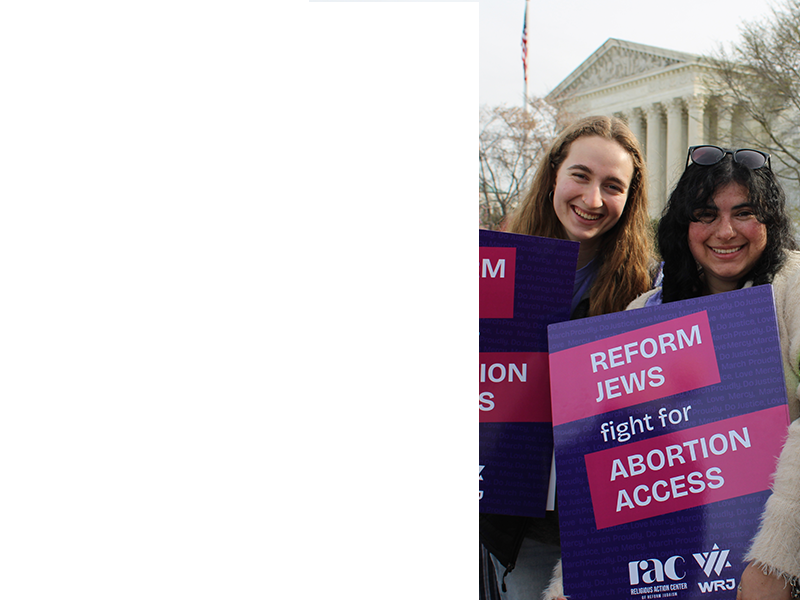This time of year, it’s hard not to be drawn into conversations about the place of religious expression in public life. Christmas decorations abound, and religious minorities play up the celebration of a winter holiday to stake out a place in their communities. There is always a conversation about how important Hanukkah is in the Jewish tradition, probably a result of the effort I described to feel represented in a community or society where there is a widely-celebrated religious holiday.
Often, communities, local governments – particularly schools – also struggle with this question of representing different religions. The December Dilemma, as it is often called, describes the often uncomfortable conversation parents, students and other community members have to have about how not to make people feel alienated in their community.
[[{"type":"media","view_mode":"media_large","fid":"66836","attributes":{"class":"media-image alignleft wp-image-20650","typeof":"foaf:Image","style":"","width":"155","height":"216","alt":"graph on pew survey findings"}}]]Underneath all this is also the ongoing tension about the religious and cultural significance of these holidays. While certain holiday traditions might have only cultural meaning for some, it does not negate their religious roots and the religious meaning they have for many other people. For those reasons, the December Dilemma also covers the appropriate place of religious symbols in public spaces.
In County of Allegheny v. ACLU (1988), the Supreme Court ruled that religious symbols could not stand alone in a way that conveyed government support or endorsement, but the Court also held that not all religious celebrations on government property violated the Establishment Clause. The church-state separation question continues on over the appropriate place of Christmas trees, nativity scenes, menorahs and many other religious symbols on public property.
- Hanukkah 5775 appears to be the thirtieth year of public menorah lighting in the United States, even though, as mentioned, the constitutionality remains an ongoing conversation steeped in nuance.
- The Pew Research Center analyzes a new survey on public display of religious symbols in the context of the December Dilemma. The survey found that, “most Americans favor allowing religious displays like nativity scenes to be placed on government property… 44% of U.S. adults say that Christian symbols should be allowed even if they are not accompanied by symbols from other faiths, such as Hanukkah menorahs, while another 28% say Christian symbols should be permitted as long as they are accompanied by symbols of other religions.”
- In Michigan, where the state legislature is considering a Religious Freedom Restoration Act, a local Satanic group was given permission for a display on the State Capitol grounds. There were also plans for a nativity scene, but the logistics are getting in the way.
- PBS published a story specifically on the December Dilemma in public schools, focusing on the church-state implications and the relevant jurisprudence on this issue.
Related Posts
Image

Remarks from Rabbi Eliana Fischel at Jewish Gathering for Abortion Access
Rabbi Eliana Fischel, Associate Rabbi at Washington Hebrew Congregation in Washington D.C., spoke at a Jewish community gathering just before the Supreme Court heard oral arguments in FDA v. Alliance for Hippocratic Medicine regarding the future of Mifepristone, one of two medications commonly used in medication abortion.
Image

Teens from North Carolina Speak About Environmental Justice
This year, as we approach Earth Day on April 22nd, we are amplifying the voices of our L'Taken participants. These teens, who are at the forefront of our fight for environmental justice and climate change, are not just the future-they are the present.
Image

Why is this Right Different?: City of Grants Pass, Oregon v. Johnson and the Passover Call to Action
As families prepare for the Passover seder and its celebration of freedom, the Supreme Court will hear a case in which the basic civil rights of unhoused people are at stake.
